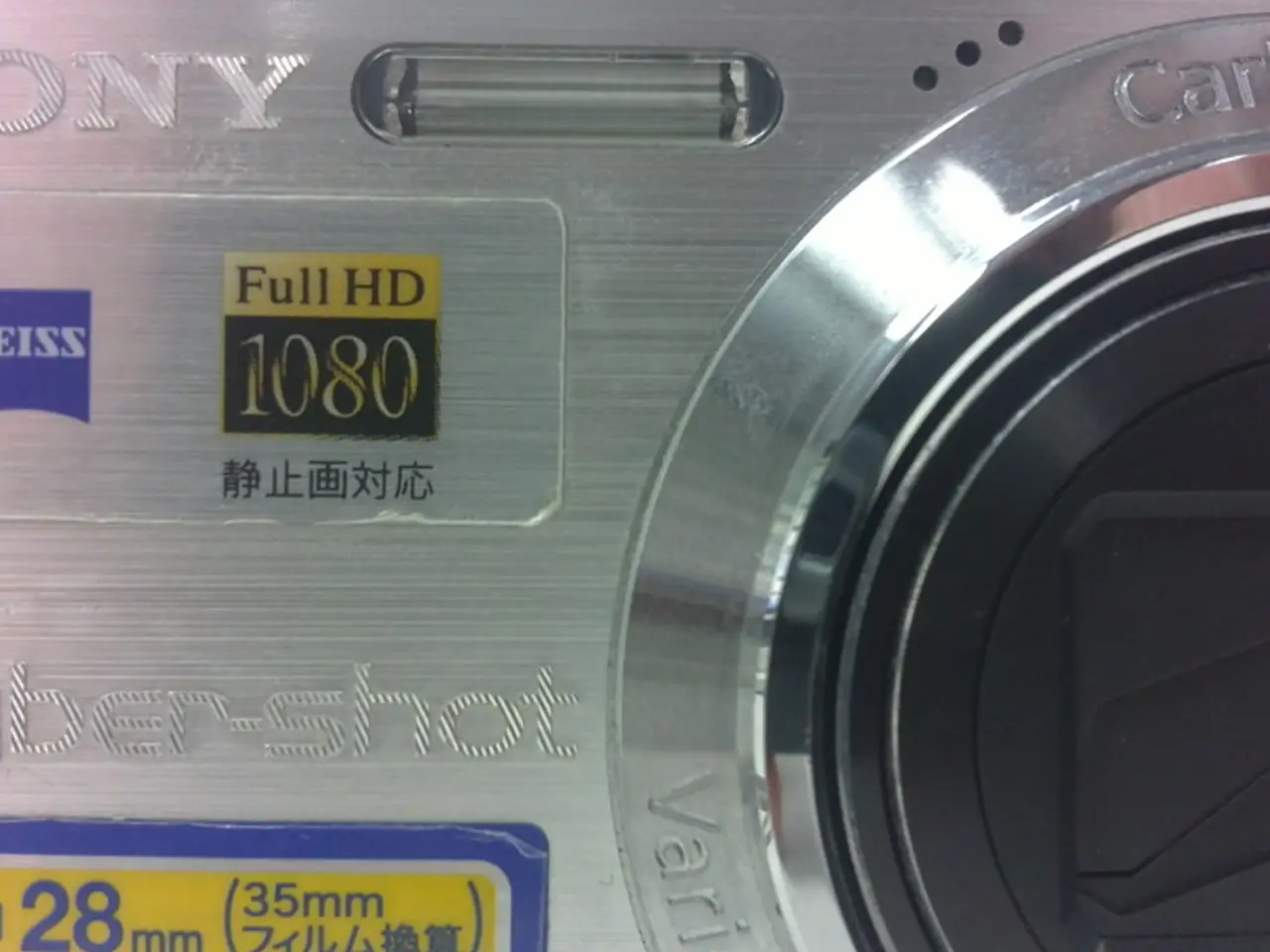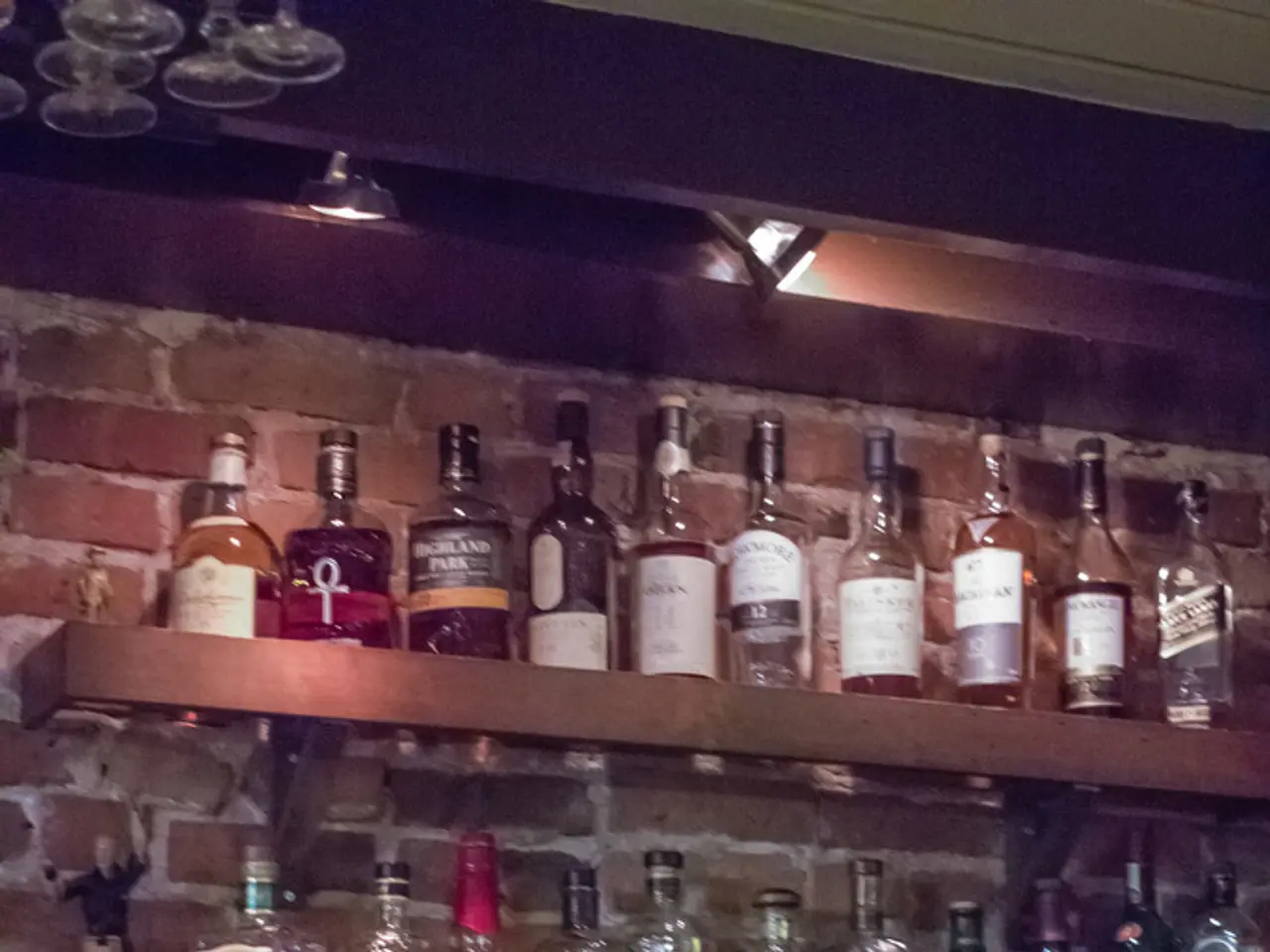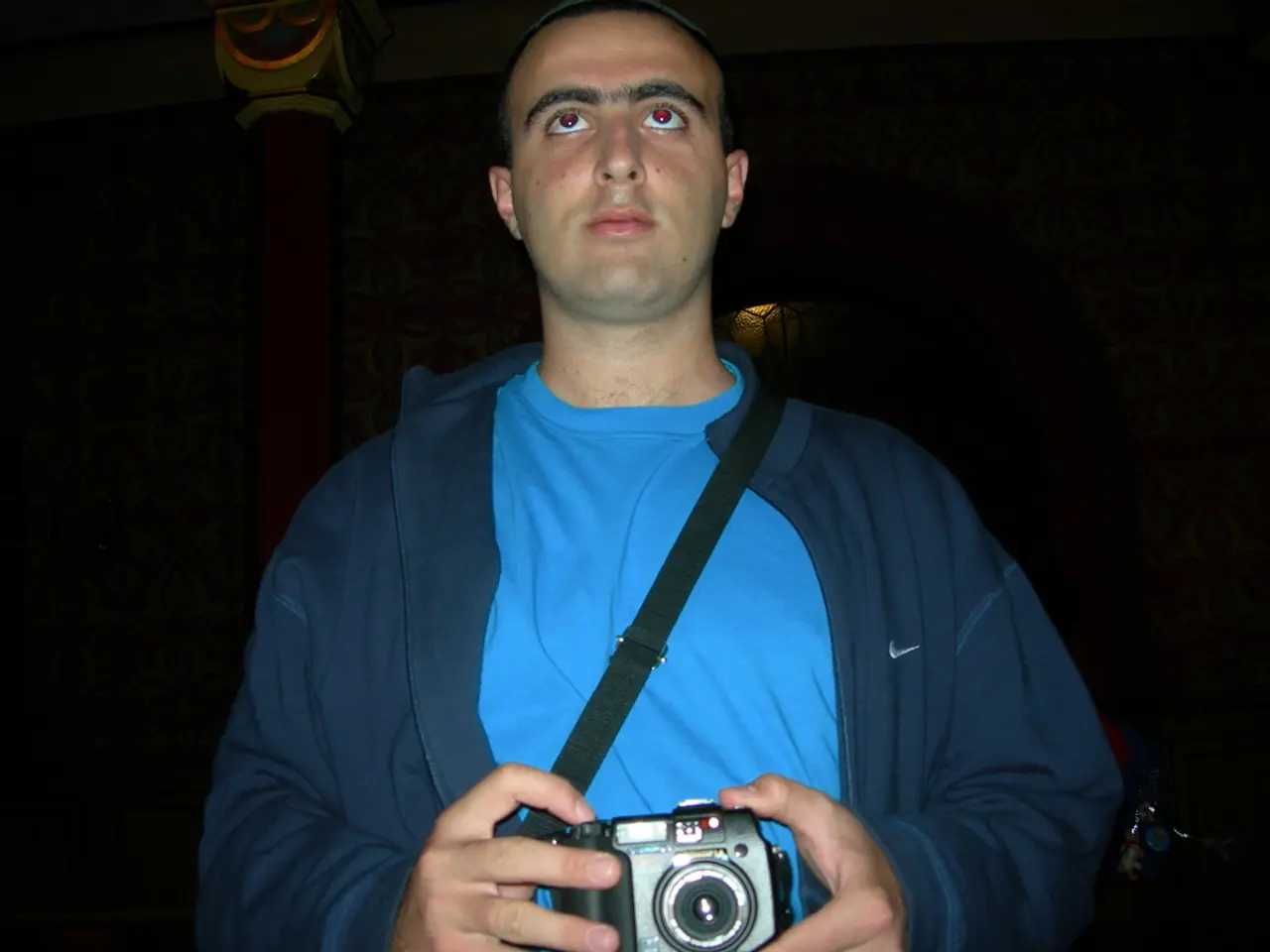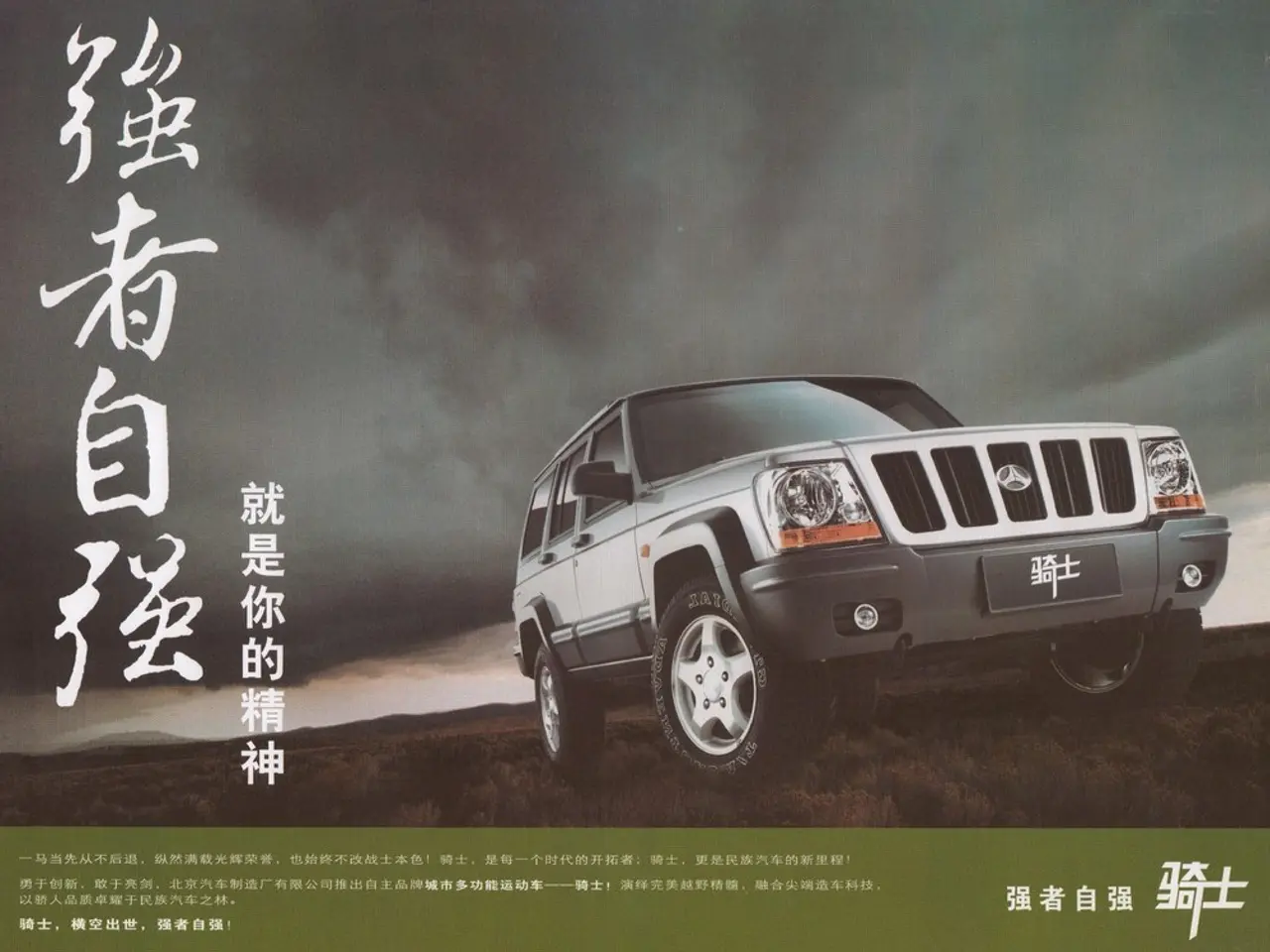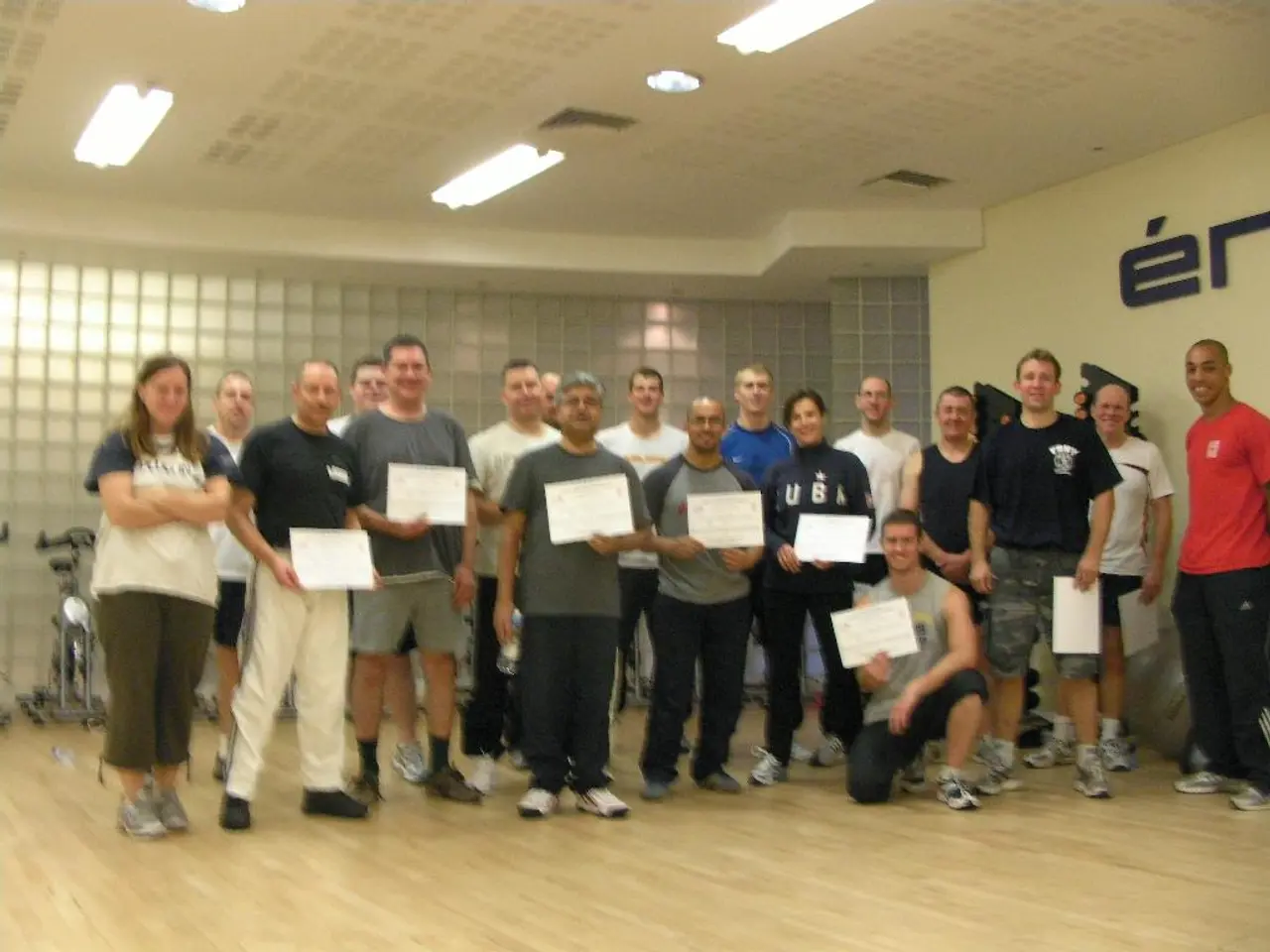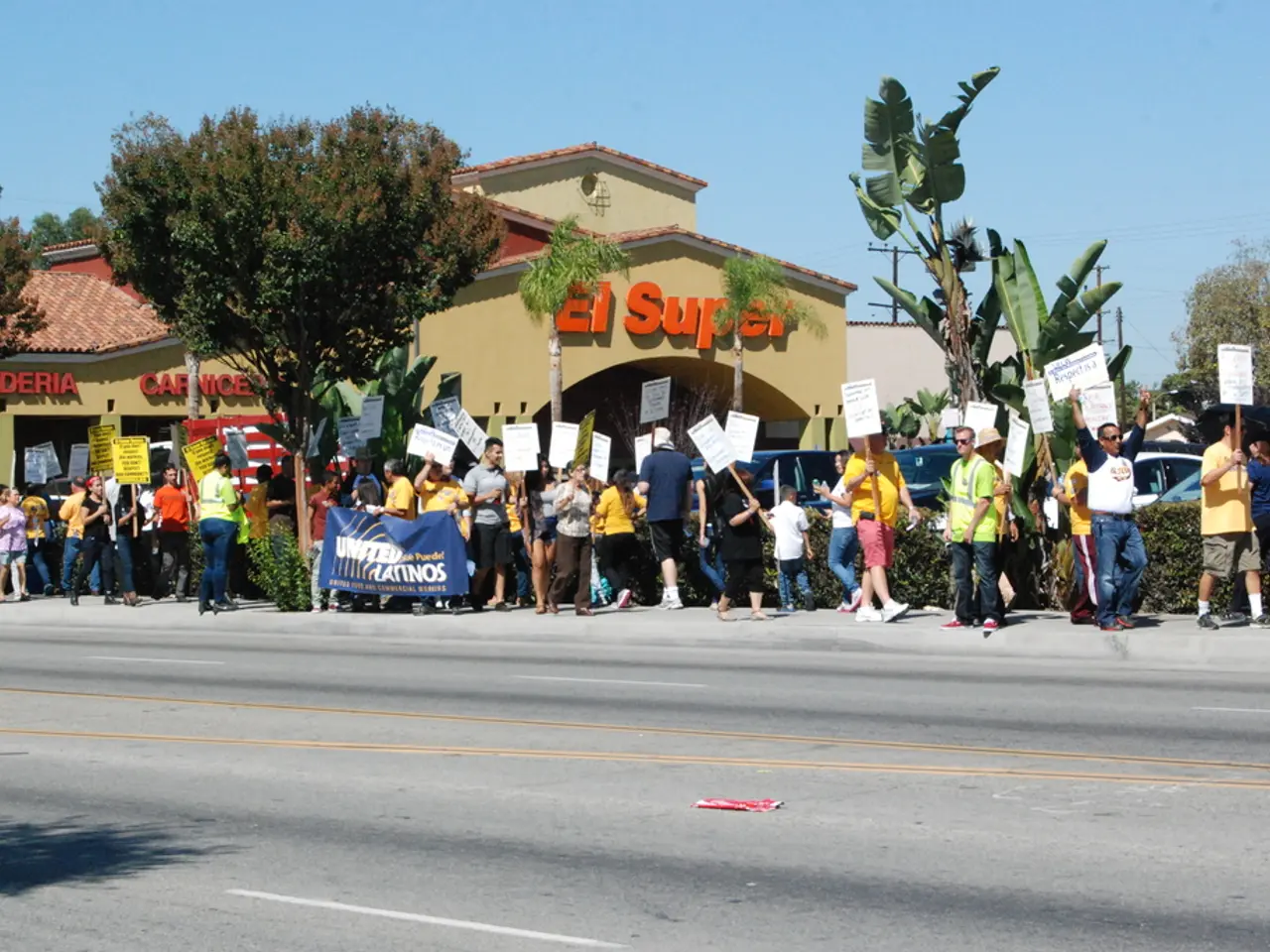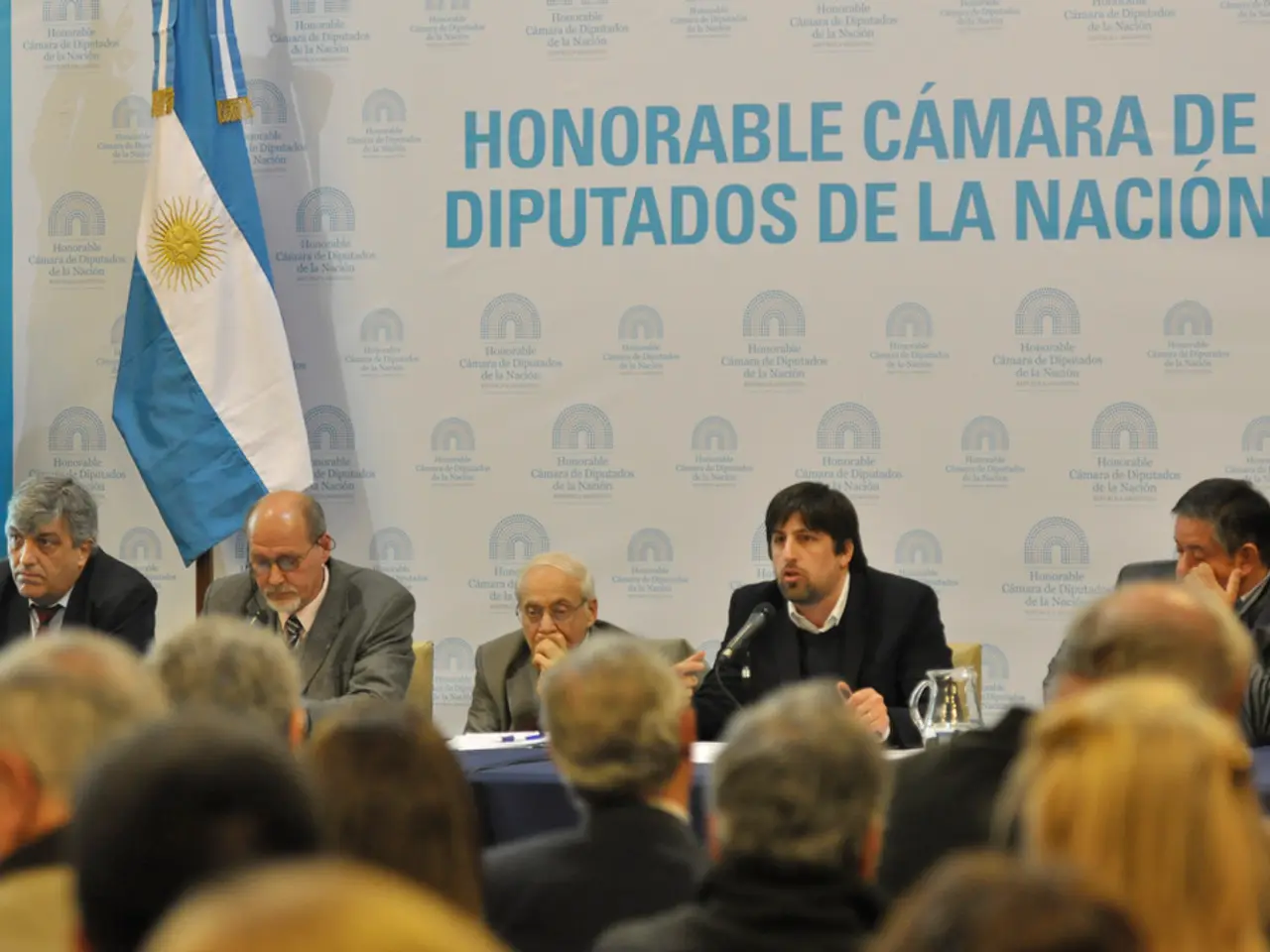One-shot films refer to motion pictures that are shot in a single, uninterrupted take, often without any visible edits or cuts, giving the impression that the entire filming process was done in a single, continuous shot.
In the world of filmmaking, the one-shot technique has become a captivating and innovative approach to storytelling. Also known as continuous takes, these films are characterised by a single, uninterrupted take from start to finish.
The roots of one-shot films can be traced back to the early days of cinema. Films like Edwin S. Porter's *Kansas Saloon Smashers* (1901) were essentially one-shot experiments due to the limited camera capabilities at the time. As filmmaking evolved, the focus shifted towards more complex narratives, but the one-shot technique was not forgotten.
One of the earliest notable experiments with the one-shot technique was Alfred Hitchcock's *Rope* (1948). This film used long takes and hidden edits to create the illusion of real-time storytelling, setting a precedent for future one-shot films.
Fast forward to the 21st century, and the rise of digital cameras has made true one-shot films possible. Films like Sebastian Schipper's *Victoria* (2015) and Sam Mendes' *1917* (2019) have pushed the boundaries of what is possible with one-shot films, using digital transitions and carefully choreographed camera movements to create the illusion of a single continuous take.
One-shot films provide an unparalleled sense of immersion, drawing viewers into the action, heightening tension, and creating an intimate connection with the characters. However, filming a one-shot movie presents immense challenges. Precisely choreographing movements, requiring flawless performances from actors, and perfect execution of technical factors like lighting, focus, and sound are just a few of the hurdles that directors must overcome.
Despite these challenges, one-shot films have gained mainstream popularity in the past decade. Films like *1917* have achieved significant commercial success, demonstrating that one-shot techniques can appeal to a broad audience. These films often receive critical acclaim for their unique storytelling and technical prowess, further solidifying the one-shot technique's place in mainstream cinema.
In conclusion, the evolution of one-shot films reflects advancements in technology and storytelling, transitioning from simple early experiments to sophisticated, narrative-driven achievements that captivate modern audiences. As technology continues to evolve, it will be interesting to see how filmmakers continue to push the boundaries of what is possible with one-shot films.
The one-shot technique, popular in the modern film industry, can be traced back to the silent film era, where the limitations of camera capabilities necessitated films to be shot in a single, uninterrupted take, similar to the movies-and-tv of today's entertainment. Notably, the Silva screen era isn't excluded from this evolution, as Alfred Hitchcock's film Rope (1948) is considered one of the earliest notable experiments with the one-shot technique.
